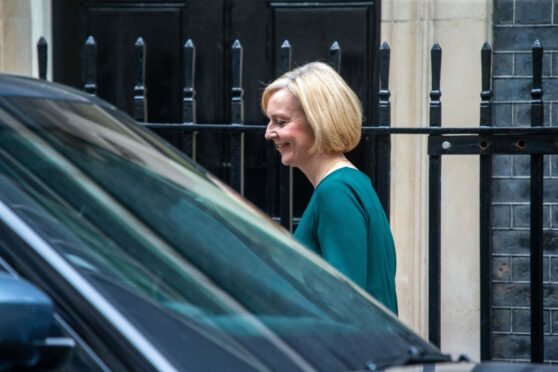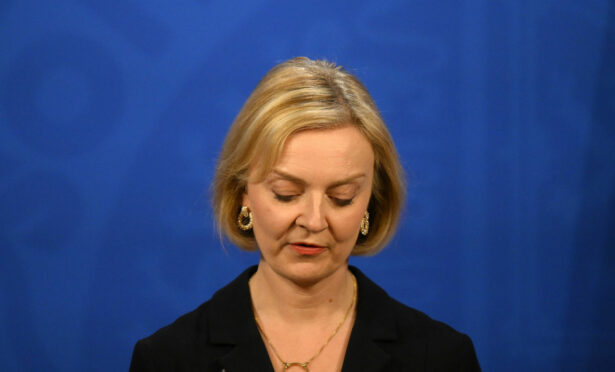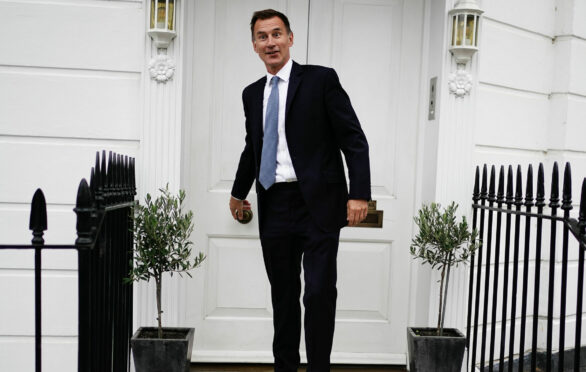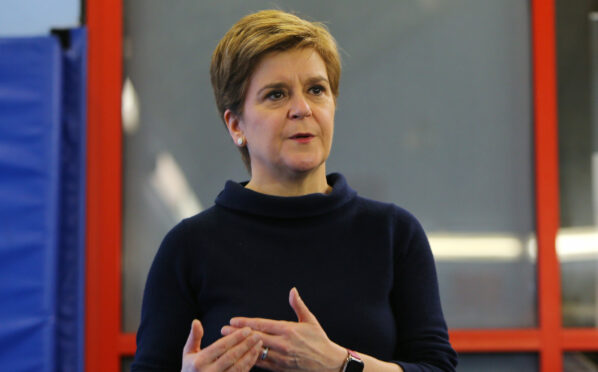
She has the shelf life of a lettuce. The Lady Jane Grey of politics. She’ll do well to outlast Bonar Law, shortest-serving prime minister of the modern era.
Just some of the insults thrown at Liz Truss last week, but the comparisons are unfair. Bonar Law resigned because of ill health in 1923, having won a General Election the previous year. Lady Jane Gray, Queen of England for just nine days, was a hapless pawn in the Tudor game of thrones. Even the limp lettuce is blameless, it didn’t ask to be forgotten in the fridge. In comparison, Truss brought calamity upon herself.
She is no green vegetable but an Oxford graduate no less, a long-serving cabinet minister. She knew what she was doing or at least ought to have known. Mutinous Tory backbenchers talk openly of replacing their leader, who is now less popular than Boris Johnson in his post-party poll lows. She can U-turn until dizzy, but won’t regain her balance. She can sack the Chancellor, but won’t save her political skin.
The PM brought down this contempt by treating one of the most important responsibilities of government, safeguarding public finances, with terrible recklessness. Yet she gives the impression of not grasping the gravity of her actions, according to the withering assessment of many colleagues she addressed at the 1922 Committee last week.
The last time the Bank of England took such dramatic action to calm markets was in the financial crisis of 2008. There were lots of people to blame in those dark days: bankers, for their greed in lending money that didn’t exist to people who couldn’t pay it back; regulators, who let the bankers away with it; politicians, who created the weak regulatory framework that failed. But in the present financial crisis, the buck stops with two people: Truss and Kwasi Kwarteng. On Friday she sacked him in an act of ruthless desperation – destroying her human shield and burning through her “credibility quotient”.
This is a measure of trust in leaders essential for survival. Every politician experiences peaks and troughs of popularity. But popularity and credibility are different. Once your credibility hits bottom, it’s almost impossible to scramble back.
Writing in the Harvard Business Review in the wake of the 2008 crash, management guru John Baldoni advised leaders how to boost their credibility quotient. Firstly, character matters. Be judged by actions not words and make sure your actions are good. So not a great start for the PM.
The next rule is to “acknowledge shortcomings”. Truss has made her current predicament worse by doubling down, denying the collapse in the pound’s value was anything to do with her arrogant experiment. It was the fault of the Ukraine war, the global economy, the now ex-chancellor, anything and anyone apart from her.
Political communication in the mass media age pivots on repetition. But if you plan to repeat a slogan, it must connect. Telling people about a future energy bill subsidy when their mortgages are soaring and pension funds look wobbly does not cut it. When impartial experts line up to say you’ve got it wrong, those slogans sound ridiculous.
Finally, leaders should “live their values.” This is the trickiest of all for the PM. What are her values? She was a Lib Dem, then a Tory. A Remainer, then the most ardent of Brexiteers. She was Kwasi’s “dear friend”, then his executioner. Truss plays to the gallery, according to her colleagues, telling people what they want to hear and has ambition which outweighs her ability.
She models herself on Margaret Thatcher. I was not a fan of Thatcher, like most Scots, but nobody would deny she had convictions and we knew what she stood for. With Truss, not so much. Her credibility quotient is less than zero.
Joan McAlpine is a journalist, commentator and former MSP

Enjoy the convenience of having The Sunday Post delivered as a digital ePaper straight to your smartphone, tablet or computer.
Subscribe for only £5.49 a month and enjoy all the benefits of the printed paper as a digital replica.
Subscribe



